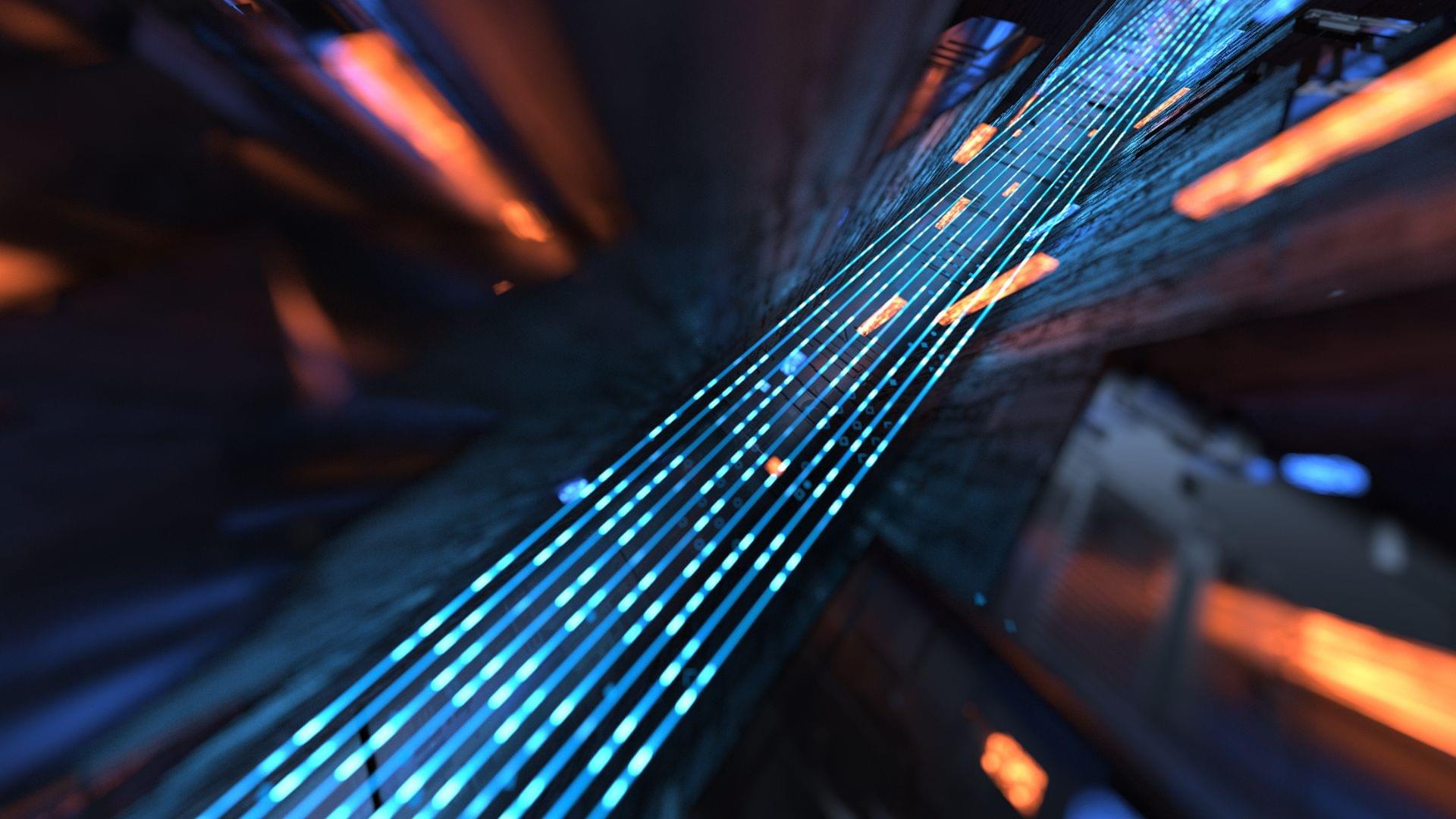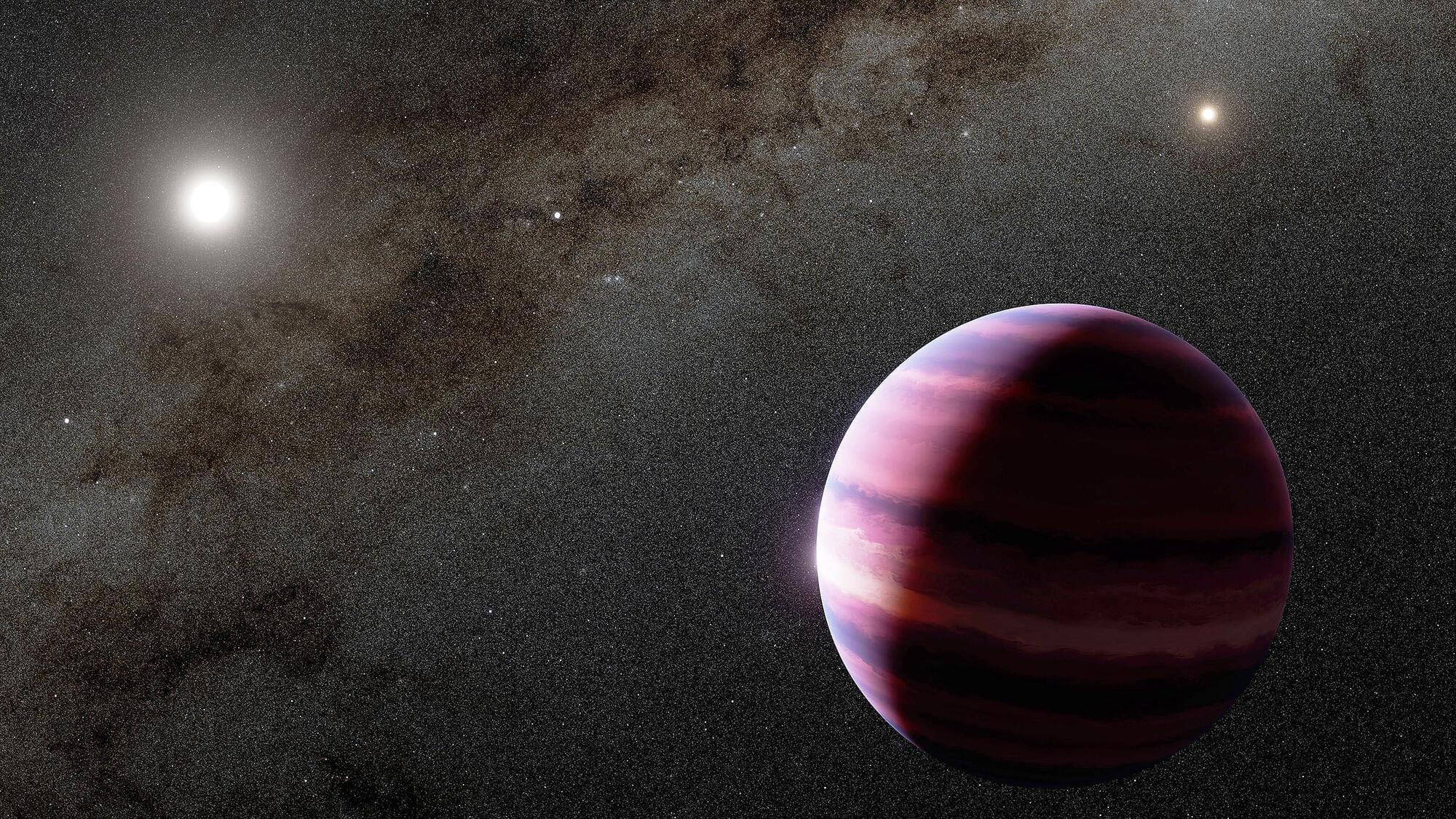A team of researchers has solved a century-old problem in physics, discovering how a quantum system slowly loses energy.


🌏 Get NordVPN 2Y plan + 4 months extra here ➼ https://NordVPN.com/sabine It’s risk-free with Nord’s 30-day money-back guarantee! ✌
According to a growing body of data, dark energy is not constant. Instead, physicists claim, it’s slowly getting weaker. This has understandably shaken our understanding of the universe – this week, physicists show that the new data is compatible with string theory, and that the universe will eventually collapse. Let’s take a look.
Paper: https://arxiv.org/abs/2506.
This video comes with a quiz which you can take here: https://quizwithit.com/start_thequiz/.… Check out my new quiz app ➜ http://quizwithit.com/ 📚 Buy my book ➜ https://amzn.to/3HSAWJW 💌 Support me on Donorbox ➜ https://donorbox.org/swtg 📝 Transcripts and written news on Substack ➜ https://sciencewtg.substack.com/ 👉 Transcript with links to references on Patreon ➜ / sabine 📩 Free weekly science newsletter ➜ https://sabinehossenfelder.com/newsle… 👂 Audio only podcast ➜ https://open.spotify.com/show/0MkNfXl… 🔗 Join this channel to get access to perks ➜
/ @sabinehossenfelder #science #sciencenews #physics #stringtheory.
🤓 Check out my new quiz app ➜ http://quizwithit.com/
📚 Buy my book ➜ https://amzn.to/3HSAWJW
💌 Support me on Donorbox ➜ https://donorbox.org/swtg.
📝 Transcripts and written news on Substack ➜ https://sciencewtg.substack.com/
👉 Transcript with links to references on Patreon ➜ / sabine.
📩 Free weekly science newsletter ➜ https://sabinehossenfelder.com/newsle…
👂 Audio only podcast ➜ https://open.spotify.com/show/0MkNfXl…
🔗 Join this channel to get access to perks ➜
/ @sabinehossenfelder.
#science #sciencenews #physics #stringtheory

Background: Osteosarcoma (OS) is the most frequently occurring malignant bone tumor in humans, primarily affecting children and adolescents. Significant advancements in treatment options for OS have not occurred in the last several decades, and the prognosis remains grim with only a 70% rate of 5-year survival. The objective of this study was to investigate the focused ultrasound technique of histotripsy as a novel, noninvasive treatment option for OS. Methods: We utilized a heterotopic OS murine model to establish the feasibility of ablating OS tumors with histotripsy in a preclinical setting. We investigated the local immune response within the tumor microenvironment (TME) via immune cell phenotyping and gene expression analysis.

Yiming Zhang didn’t grow up playing chess. Like many other people, the Carnegie Mellon University Ph.D. student discovered the Netflix series “The Queen’s Gambit” during the pandemic and began playing online. However, he quickly realized how unnatural it felt playing against chess bots.
“After I learned the rules, I was in the bottom 10%, maybe 20% of players online,” said Zhang, who is part of the Language Technologies Institute (LTI) in CMU’s School of Computer Science. “For beginners, it’s not interesting or instructive to play against chess bots because the moves they make are often bizarre and incomprehensible to humans.”
Zhang’s frustration led him to develop Allie, a chess bot powered by artificial intelligence that demonstrates the benefits of AI tools that think like humans. He believes training future AI systems to ponder and deliberate on complex problems could create better agents for use in therapy, education and medicine.
Join us on Patreon! https://www.patreon.com/MichaelLustgartenPhD
Discount Links/Affiliates:
Blood testing (where I get the majority of my labs): https://www.ultalabtests.com/partners/michaellustgarten.
At-Home Metabolomics: https://www.iollo.com?ref=michael-lustgarten.
Use Code: CONQUERAGING At Checkout.
Clearly Filtered Water Filter: https://get.aspr.app/SHoPY
Epigenetic, Telomere Testing: https://trudiagnostic.com/?irclickid=U-s3Ii2r7xyIU-LSYLyQdQ6…M0&irgwc=1
Use Code: CONQUERAGING
NAD+ Quantification: https://www.jinfiniti.com/intracellular-nad-test/


Researchers at the Universitat Autònoma de Barcelona (UAB) have successfully created a new form of magnetic state known as a magneto-ionic vortex, or “vortion.” Their findings, published in Nature Communications, demonstrate an unprecedented ability to control magnetic properties at the nanoscale under normal room temperature conditions. This achievement could pave the way for next-generation magnetic technologies.
As the growth of Big Data continues, the energy needs of information technologies have risen sharply. In most systems, data is stored using electric currents, but this process generates excess heat and wastes energy. A more efficient approach is to control magnetic memory through voltage rather than current. Magneto-ionic materials make this possible by enabling their magnetic properties to be adjusted when ions are inserted or removed through voltage polarity changes. Up to now, research in this field has mainly focused on continuous films, instead of addressing the nanoscale “bits” that are vital for dense data storage.
At very small scales, unique magnetic behaviors can appear that are not seen in larger systems. One example is the magnetic vortex, a tiny whirlpool-like magnetic pattern. These structures play an important role in modern magnetic data recording and also have biomedical applications. However, once a vortex state is established in a material, it is usually very difficult to modify or requires significant amounts of energy to do so.


Astronomers at the Pan-STARRS Observatory in Hawaii made history in 2017 when they detected ’Oumuamua, the first interstellar object (ISO) ever observed.
Two years later, the interstellar comet 2I/Borisov became the second ISO ever observed. And on July 1st, 2025, the Asteroid Terrestrial-impact Last Alert System (ATLAS) in Rio Hurtado detected a third interstellar object in our Solar System, the comet now known as 3I/ATLAS (or C/2025 N1 ATLAS).
Like its predecessors, the arrival of this object has fueled immense scientific interest and led to proposals for missions that could rendezvous with future ISOs.
